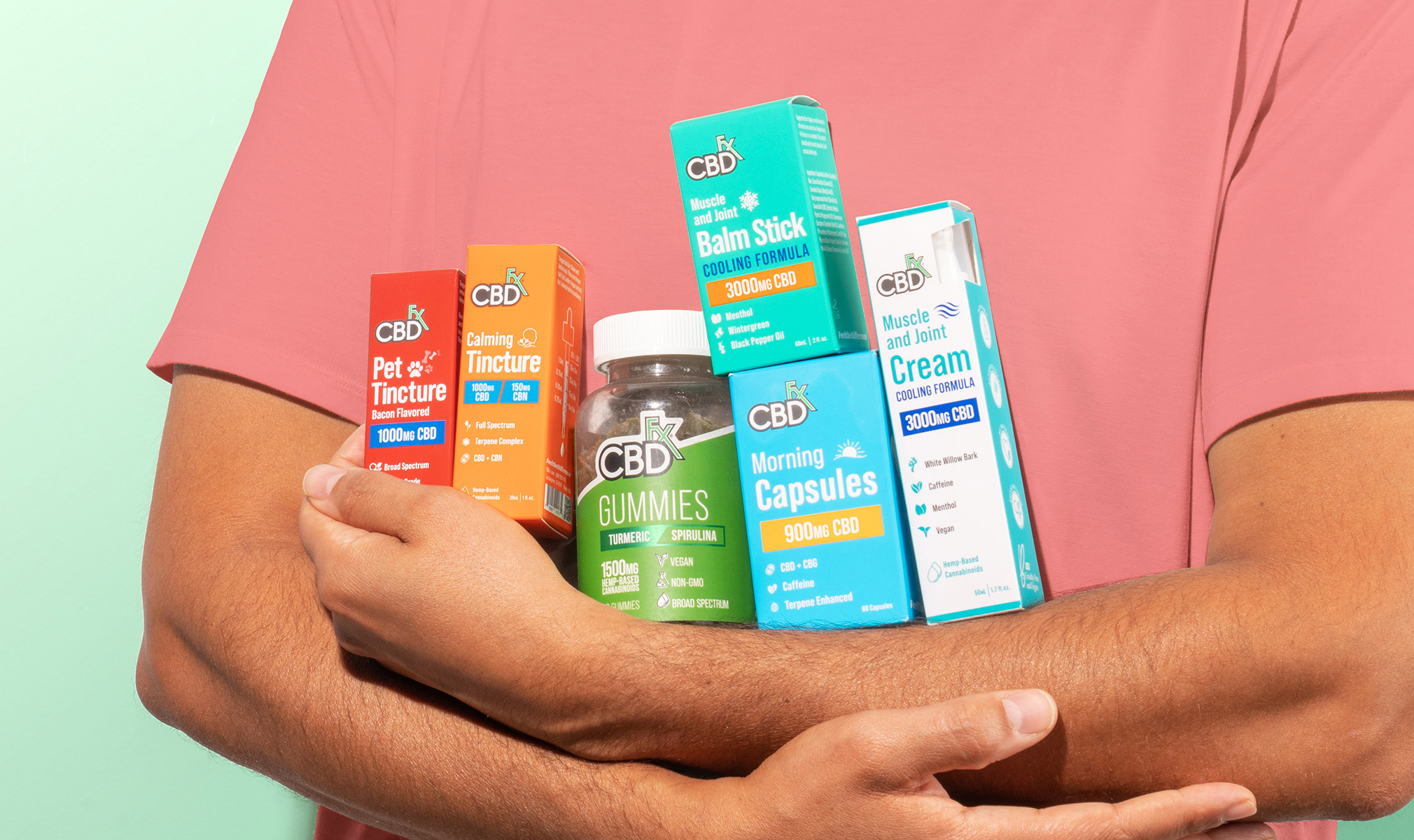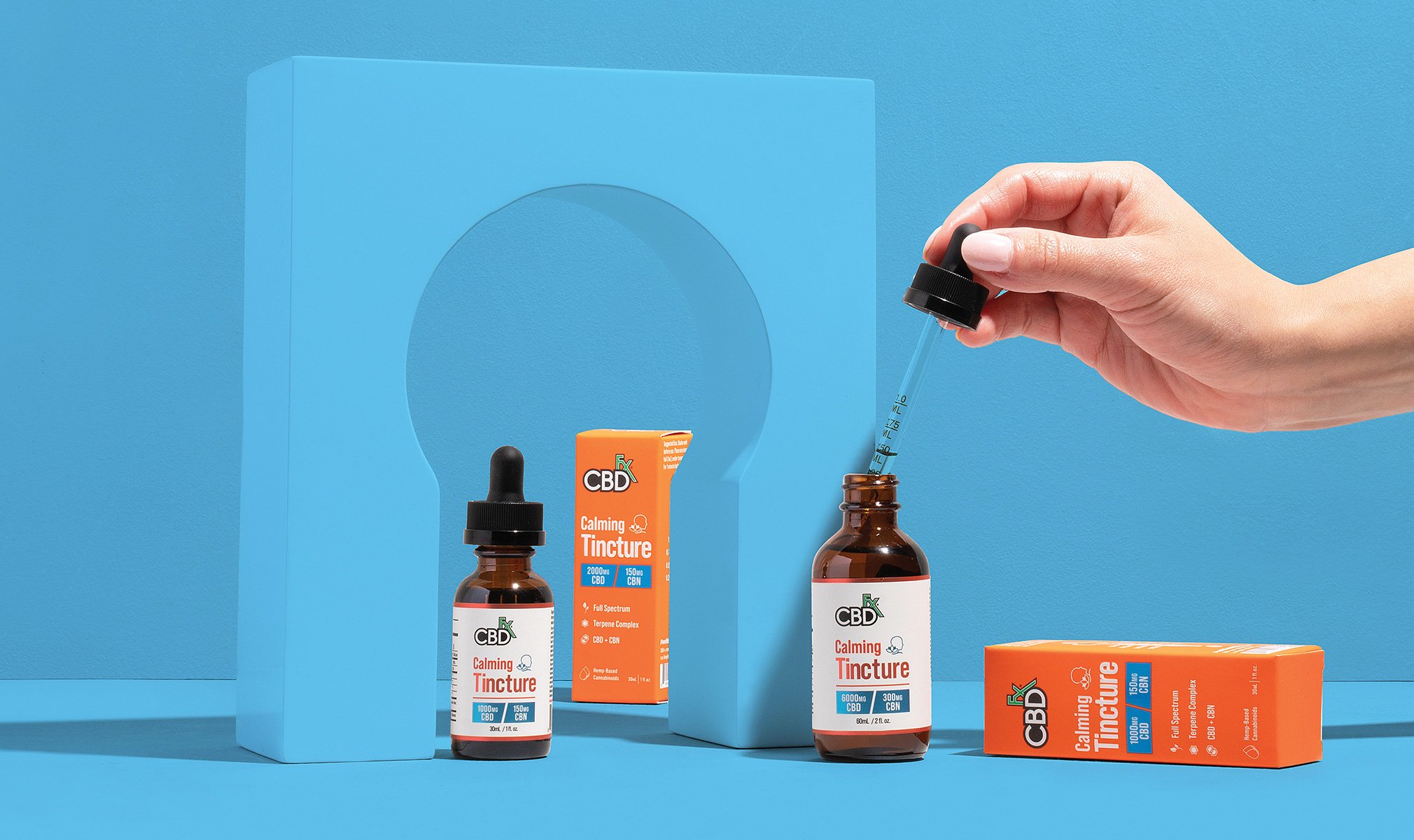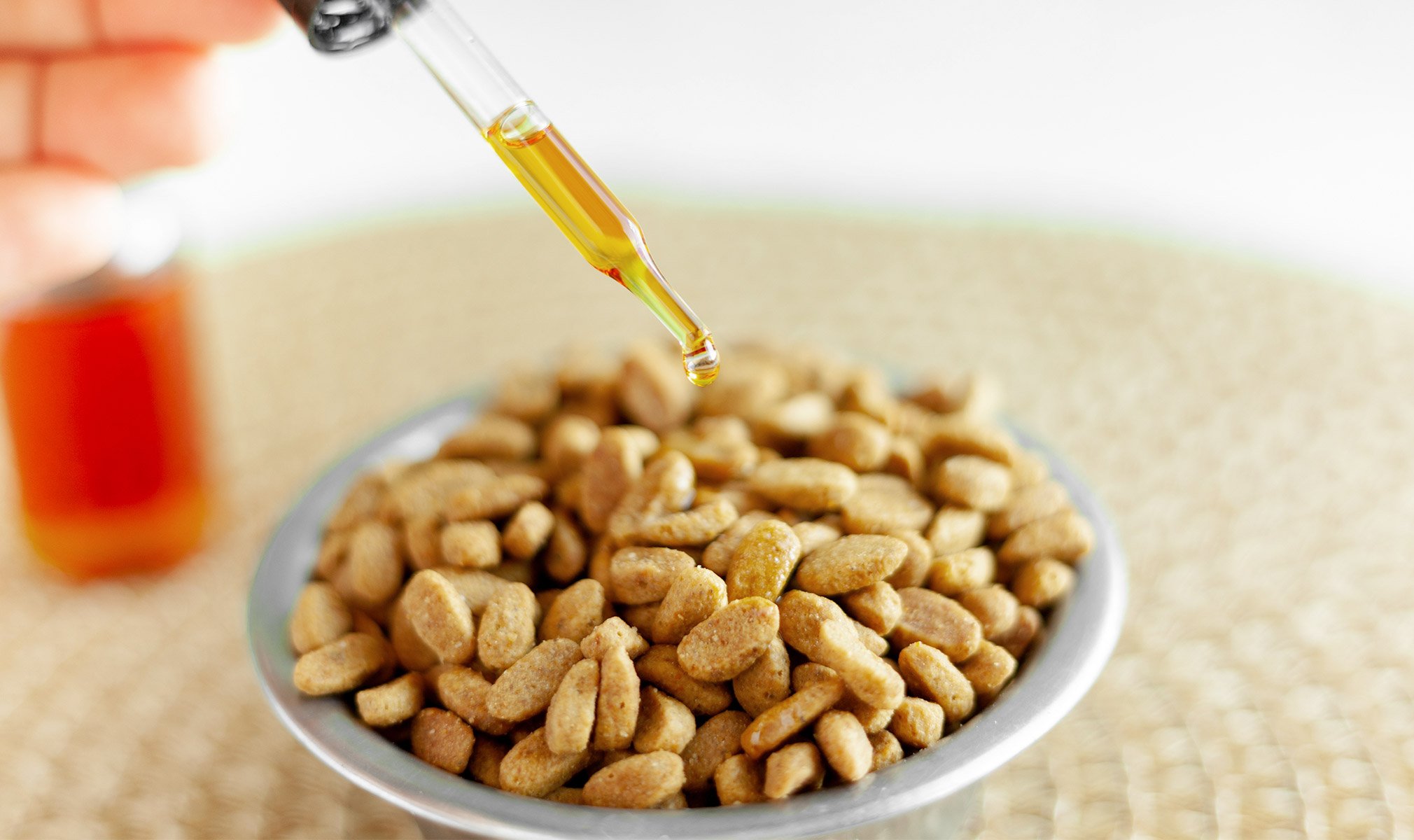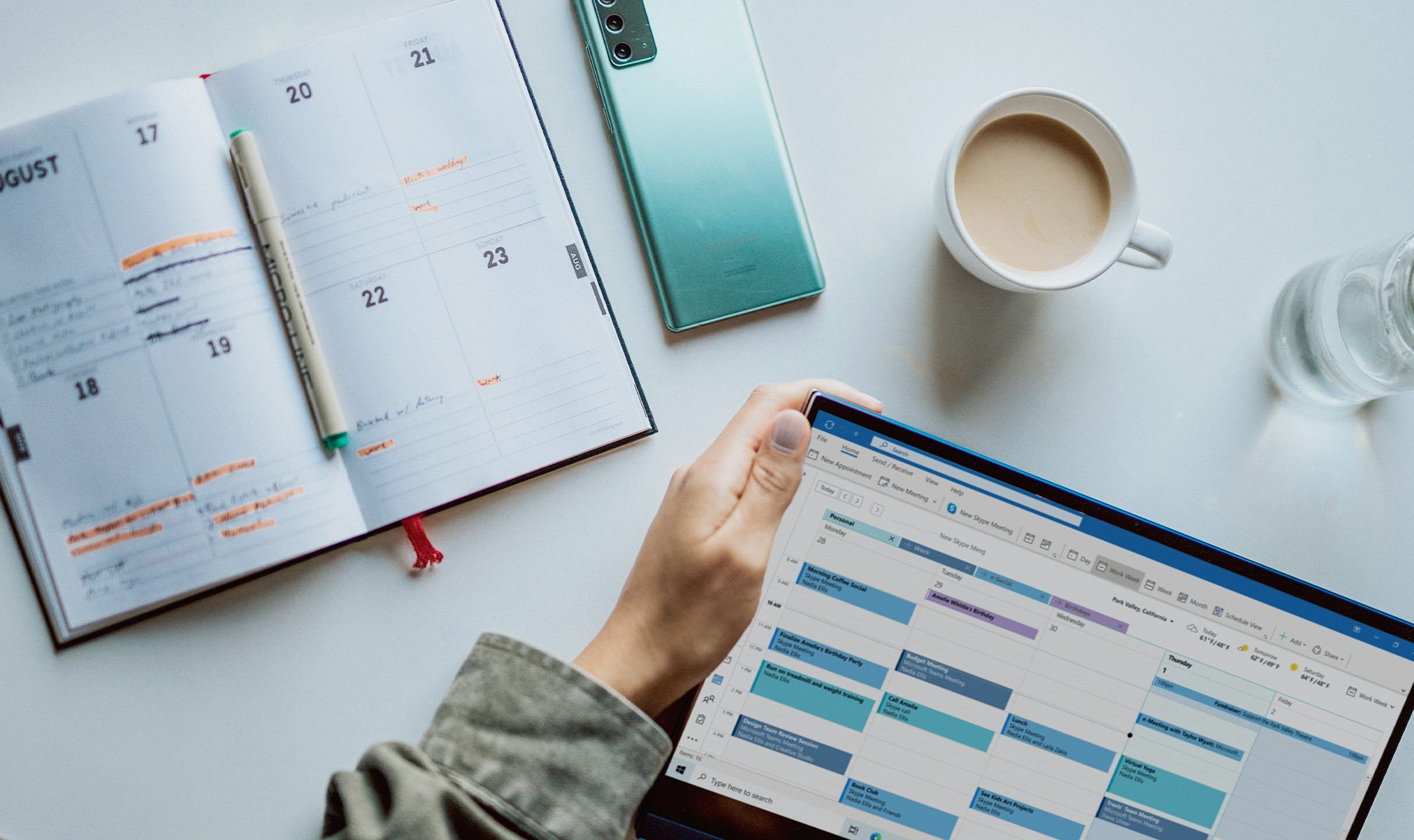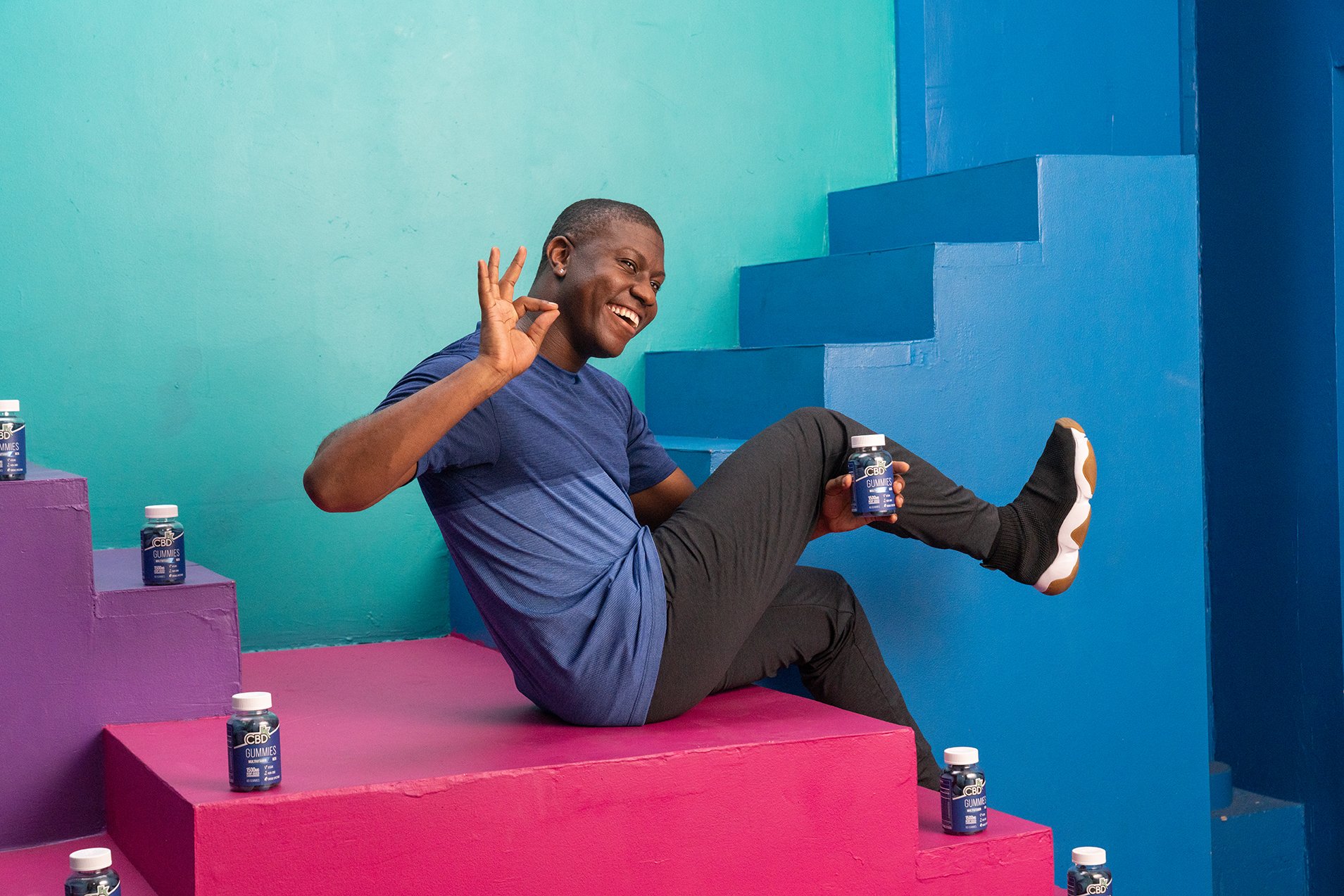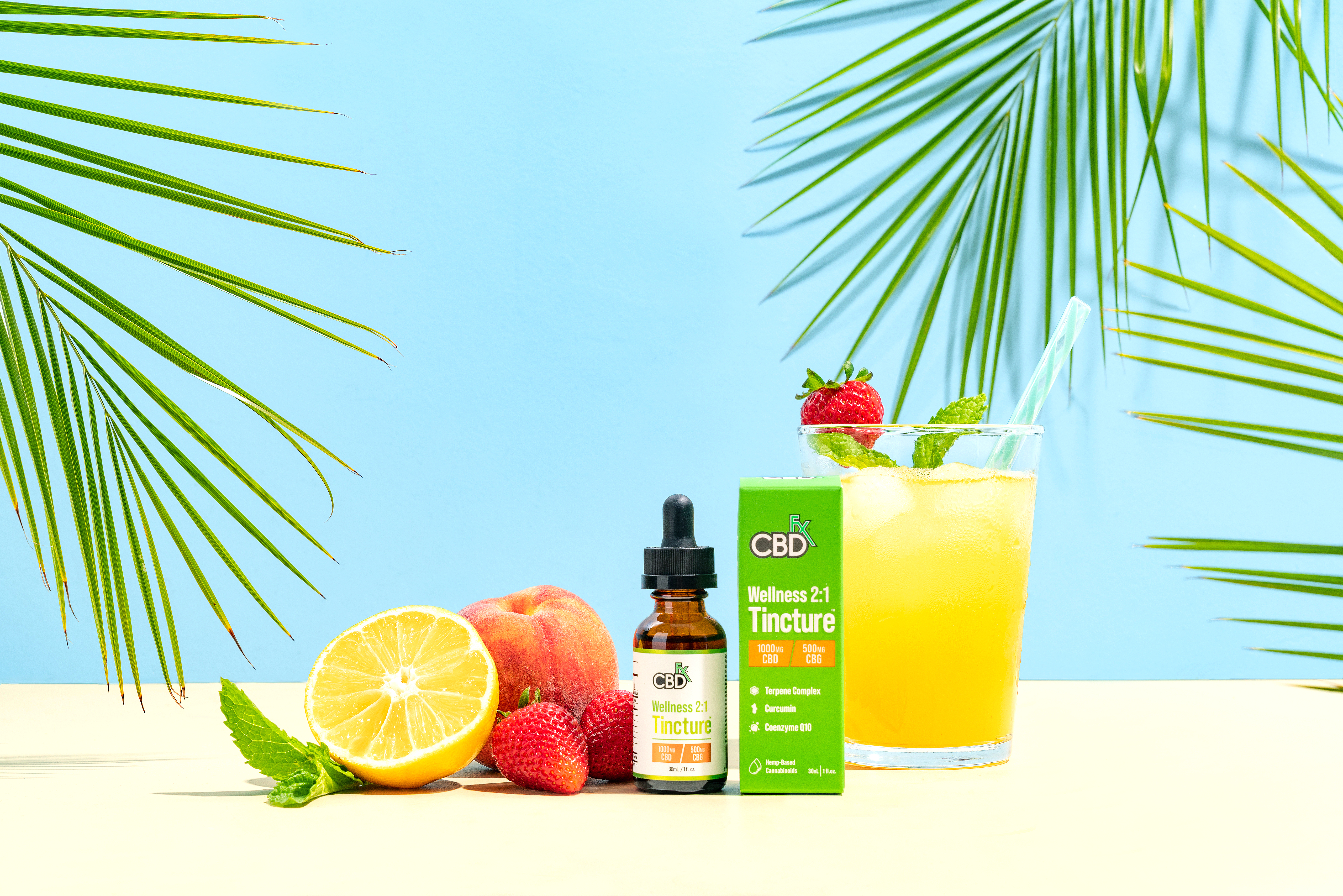Many people are new to CBD and aren’t quite sure what to expect from their CBD product. If their expectations aren’t met, they begin to wonder whether they’ve made a mistake. Often, it’s not a case of the CBD not working so much as it is the user not fully understanding the product. This can be something as simple as dialing in the correct serving size or as potentially complex as understanding bioavailability.
Today, we’re going to look at a few things that might be affecting your CBD experience and, hopefully, if you’re having issues, we can set you on the right path with your go-to CBD products.
Are You Taking the Wrong CBD Product for Your Needs?
Let’s start with the product itself. CBD products are formulated for a variety of needs, from minor pain relief to gentle soothing to sleep aids to general wellness.** Each product can use a different type of CBD oil, which affects how many other cannabinoids and terpenes are in the oil used in your product. Products can have different amounts of CBD in them. And each product can have a different profile of secondary ingredients that help determine the potential benefits of the product.**
So, if your hope was to, say, take CBD to mellow out and prepare your body for rest, and you take a CBD energy and focus product, guess what?** The product is probably working fine … it’s just not doing what you expected it to do. Understand what your product has been formulated to do. Don’t just assume that there’s a general “CBD experience” and that experience makes you calm and chilled out. Some products do that, but many don’t. So, shop accordingly.
A Note on the Different Types of CBD Oil
Let’s double back real quick and talk about those types of CBD oil. CBD is derived from the buds, leaves and stalks of the cannabis hemp plant. When the hemp plant is pressed, the oil that is produced is called full spectrum CBD oil. This oil contains all of the chemical compounds present in the hemp plant (or at least, the parts that are pressed). This includes cannabinoids (including CBD), terpenes, and flavonoids, among other things. One of the cannabinoids that is present in full spectrum oil is THC, the cannabinoid that people consume to get high. It should be understood that, by law, hemp plants can contain no more than 0.3% THC.
Does CBD Get You High?
Okay, if your expectation was to get high from your CBD product, we should pause right here. Yes, hemp is a form of cannabis. But it’s a form of cannabis that has so little THC in it that you can’t get high from it. The form of cannabis that contains larger amounts of THC is called marijuana. While there are CBD products that are derived from marijuana, these are regulated just like any other marijuana product (and chances are, you’ll have to shop for them at a dispensary). When you buy consumer products with CBD, such as those made by CBDfx, you are purchasing hemp-derived CBD. So, don’t expect CBD products to get you high, because they won’t.
The Entourage Effect
While full spectrum CBD won’t get you high, it does have a rich cannabinoid profile. This brings us to a phenomenon called the Entourage Effect. This refers to the way cannabinoids interact with one another. There are over 100 cannabinoids found in the cannabis hemp plant, and many have unique qualities that others don’t. For instance, CBN has many restful qualities that prepare the body for sleep. For this reason, it’s often called the “ultimate relaxation cannabinoid.” CBD, on the other hand, is more a general wellness cannabinoid that works with the body’s endocannabinoid system as it helps the body’s systems maintain homeostasis, or balance. One might expect these different cannabinoids to each work in parallel with one another — each doing it’s own thing. Instead, the cannabinoids and terpenes bolster each other and actually create a deeper CBD experience. So, if your product uses full spectrum CBD, you should be getting a product wherein your cannabinoids are working harder for you.
Many people aren’t comfortable with any THC in their system (who wants a false-positive drug test?) and so, extra filtering can be done on the full spectrum oil to remove even the tiniest traces of THC. In the process, some — but, by no means, all — other cannabinoids are removed. The remaining oil is called broad spectrum CBD oil. Though broad spectrum doesn’t have quite the same profile as full spectrum, it still creates at least some of the Entourage Effect. Broad spectrum is the most commonly used oil in CBD products, because it gives you the best of both worlds: no THC, while still maintaining some of the Entourage Effect.
CBD isolate is just CBD: 99% pure. With all other chemical compounds removed, CBD isolate allows the CBD to stand on its own. So, if you want to see how CBD feels without any help from its cannabinoid kin, this is your oil. You’ll often see CBD isolate used in things like bath bombs and some vape products.
Hopefully, you now see that buying a CBD product is not a generic, one-size-fits-all endeavor. CBD products can come with different types of CBD oil or have wildly different ingredient profiles that affect the user’s experience. So, have a look at your CBD product — whatever it is — and see if this new understanding helps you to have a better idea of what experience your product can actually deliver.
Understanding Bioavailability: How Long Does CBD Take to Work?
There are many factors that impact how quickly and how much a CBD product can affect you. This rate and amount of absorption into the bloodstream is called bioavailability. And bioavailability depends on a number of factors, but we’ll focus on two of them: the method of consumption and you. Yes, you.
Let’s start with the consumer. Every person, as you well know, is unique. And CBD affects us all differently. Many factors contribute to this, including weight, height, body mass, and tolerance, to name a few. And so, the way CBD affects us can differ from person to person.
The method of consumption is definitely something that impacts how quickly the CBD is absorbed into your bloodstream. Understanding this can help you manage your expectations. If you take a CBD edible, for instance, and expect to feel something in the first few minutes, you’re going to be disappointed. Edibles are among the slowest forms of CBD products to be absorbed into the body, because they have to run through the digestive tract before they are absorbed. Vaping, on the other hand, enters the bloodstream very quickly through the lungs. Sublinguals, such as CBD tincture oils held under the tongue, and CBD topicals, like creams and balms, are somewhere in between.
Here’s a quick breakdown of methods of CBD consumption and their bioavailability:
Percentage Absorbed Time to Take Effect
Vaping: Up to 56% 10–20 min.
Sublingual: Approx. 35% 15–25 min.
Topical: Up to 45% 25–45 min.
Edible: 4–20% 30–120 min.
As you can see, not only do different methods of consumption take different periods of time to take effect, but they also allow a different percentage of your CBD to be absorbed. So, take this into consideration when you are trying a CBD product.
CBD Doesn’t Work: Has Your CBD Product Expired?
CBD products do have expiration dates, and older products have a diminished strength, as is the case with most supplements and medicines. So, make sure to check your CBD product for the expiration date before you take it. If you take expired CBD, it’s not really dangerous. But you’re unlikely to feel any results.
You should also make sure to store your CBD product in a dark, cool place (like a drawer or cupboard). Light and heat can prematurely age and expire your CBD product. CBD oil, in particular, is quite sensitive to light.
If Your CBD Isn’t Working, Check Your Serving Size
We’ve already discussed the fact that every person’s physiology is different, and that we all absorb CBD slightly differently. So, determining your own optimal serving size is crucial. This is easier to do on something like a sleep product, where you literally begin to feel sleepy when it kicks in.** Things like wellness products, like a CBD Oil Wellness Tincture, might be a little more difficult to pin down. But if you’re able to allow yourself an elevated state of awareness, where you can concentrate closely on how your body feels, you should still be able to notice when the serving is finally beginning to work.** But how do you determine the right serving size for you?
If you’re new to CBD, I recommend starting with a fraction of the recommended serving size. If you’re taking a CBD Calming Tincture, for instance, try taking a fourth or a half of the recommended 1mL dropper. See if that works for you. If it does, great! You’re going to be able to stretch out your bottle that much longer, while still getting the benefits you were looking for.** If it doesn’t work, bump up your serving a bit the following day. Don’t do it the same day or during the same session time, because if it does kick in, you won’t know if you’re feeling the initial serving finally being absorbed into your bloodstream or the second one. This is especially important when using gummies/edibles, as their effects can take a few hours to be felt. Not only will you be unable to determine your effective serving size, but you might even inadvertently build up an unnecessary tolerance. Inch your serving size up every day until you finally find the effective serving size for you. Some users may have to use a higher amount than most (100mg or more) in order to achieve the desired effect. Everyone is different. Start low and go slow until the desired effect is reached.
You’re Using a Substandard CBD Product
The final thing you should take into consideration, when determining if or why your CBD product isn’t working, is the quality of your product. When CBD sales finally became legal a few years ago, new companies came out of the woodwork, with everyone trying to get a piece of the pie. And while some of these companies did things the right way, making quality products with pure, organic CBD, many did not. These companies sell substandard products that not only don’t deliver in terms of quality, but also can have harmful chemicals in them, like pesticides and residual solvents from cheap extraction processes. Improperly prepared products could also contain bacterial contaminants and heavy metals which could make you sick.
When you’re shopping for a quality CBD product, always look for a third-party lab report so that you know exactly what you’re getting — including the promised amount of CBD, as well as other cannabinoids and active ingredients, and the harmful chemicals that shouldn’t be in there. Every good CBD company provides a third-party lab report. If you don’t see these on a company’s website, then steer clear of that company. CBDfx has lab reports posted clearly for every product they sell. These can be accessed by the link on the bottom of the page or via the QR code stamped on every product they sell.
A Final Note on Why Your CBD Isn’t Working
We’ve talked about a number of factors that might go into why you’re not feeling the effects of your CBD product. These include understanding what your product was formulated to do (including the type of CBD oil used and the other ingredients in the product), bioavailability, expired products, improper serving size, and poor quality. If you’re questioning the effectiveness of your product, take a look at each of these potential issues. At the end of the day, I’m confident you’ll find the culprit that’s keeping you from enjoying your product. Once you determine that, you should have a much better CBD experience!
Trying CBD for the first time? Take a look at our CBD Gummies collection!
